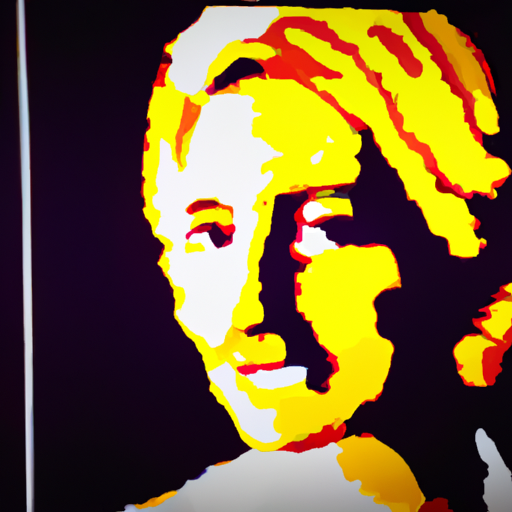-
Table of Contents
Brushstrokes and Pixels: Exploring the Confluence
Art has always been a reflection of the human experience, capturing emotions, ideas, and stories through various mediums. Throughout history, artists have used brushstrokes to create masterpieces that have stood the test of time. However, with the advent of technology, a new medium has emerged – pixels. In this article, we will explore the confluence of brushstrokes and pixels, examining how traditional art and digital art intersect, influence each other, and shape the future of artistic expression.
The Evolution of Art: From Brushstrokes to Pixels
Art has evolved over centuries, with each era leaving its mark on the canvas of history. From the Renaissance to Impressionism, artists have experimented with different techniques, materials, and styles. Brushstrokes have been the primary tool for artists, allowing them to convey texture, movement, and depth.
However, with the rise of technology, the art world has witnessed a paradigm shift. Digital art, created using pixels, has gained prominence. Pixels are the building blocks of digital images, consisting of tiny dots that form a grid. Artists can manipulate these pixels to create stunning visuals, blurring the line between reality and imagination.
The Intersection of Traditional and Digital Art
While brushstrokes and pixels may seem like opposing forces, they often intersect, creating a harmonious blend of traditional and digital art. Many artists today combine traditional techniques with digital tools to push the boundaries of their creativity.
For example, renowned artist David Hockney incorporates digital technology into his artistic process. He uses an iPad and a stylus to create digital paintings, exploring new possibilities and expanding his artistic repertoire. Hockney’s work demonstrates how brushstrokes and pixels can coexist, enhancing each other’s strengths.
Similarly, digital artists often draw inspiration from traditional art forms. They study the brushwork of the old masters, analyzing their techniques and incorporating them into their digital creations. This cross-pollination of ideas and techniques enriches the art world, fostering innovation and pushing the boundaries of artistic expression.
The Influence of Digital Art on Traditional Art
While traditional art has a rich history, digital art has brought about significant changes in the way artists create and audiences perceive art. The influence of digital art on traditional art can be seen in various aspects:
- Accessibility: Digital art has made art more accessible to a wider audience. With the internet and social media platforms, artists can share their work with people around the world, breaking down geographical barriers. This increased accessibility has democratized the art world, allowing artists to reach a larger audience and gain recognition.
- Experimentation: Digital tools provide artists with endless possibilities for experimentation. They can easily manipulate colors, textures, and shapes, allowing for greater artistic exploration. This freedom to experiment has led to the emergence of new art forms and styles.
- Collaboration: Digital platforms have facilitated collaboration among artists. They can now work together on a single piece of art, regardless of their physical location. This collaborative approach has led to the creation of unique artworks that blend different artistic perspectives.
The Future of Art: A Confluence of Brushstrokes and Pixels
The confluence of brushstrokes and pixels has opened up new possibilities for the future of art. As technology continues to advance, artists will have access to even more powerful tools and mediums to express their creativity.
One such example is the field of virtual reality (VR) art. VR allows artists to create immersive experiences, transporting viewers into a digital world where they can interact with the artwork. This fusion of traditional and digital art has the potential to revolutionize the art world, blurring the boundaries between the physical and virtual realms.
Furthermore, advancements in artificial intelligence (AI) are also shaping the future of art. AI algorithms can analyze vast amounts of data and generate unique artworks based on patterns and trends. This collaboration between human artists and AI opens up new avenues for artistic exploration and challenges our understanding of creativity.
Conclusion
The confluence of brushstrokes and pixels represents a new chapter in the history of art. Traditional art and digital art are not opposing forces but rather complementary mediums that enrich each other. Artists today have the opportunity to embrace both brushstrokes and pixels, combining traditional techniques with digital tools to push the boundaries of their creativity.
As technology continues to advance, the future of art holds endless possibilities. The intersection of brushstrokes and pixels will give rise to new art forms, styles, and mediums. Artists will continue to explore the confluence, creating masterpieces that captivate audiences and reflect the ever-evolving human experience.
